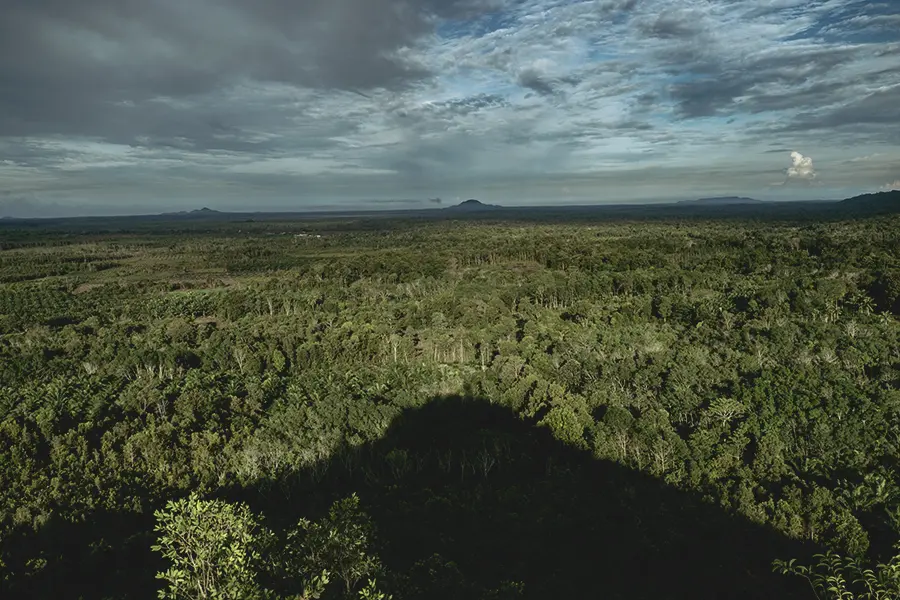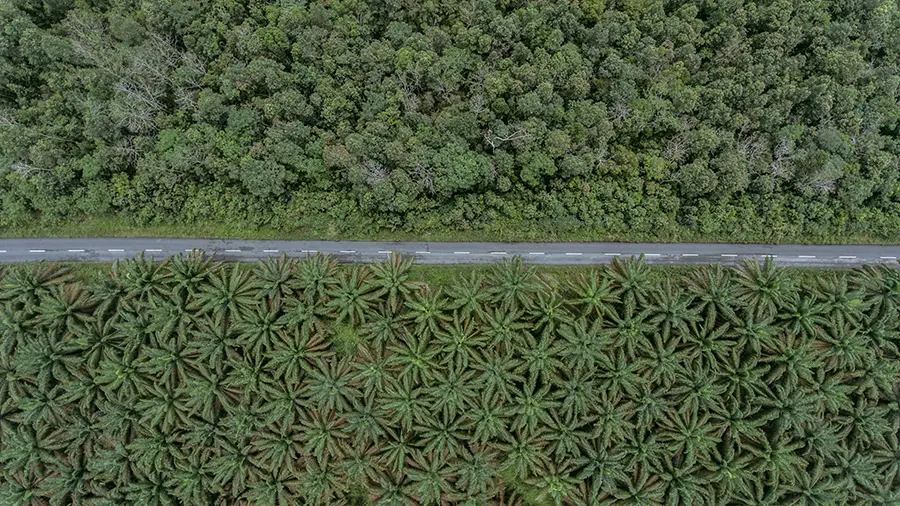This story excerpt was translated from Bahasa Indonesia. To read the original story in full, visit Mongabay Indonesia. You may also view the original story on the Rainforest Journalism Fund website here. Our website is available in English, Spanish, bahasa Indonesia, French, and Portuguese.
- Bangka Island, which covers about 1.1 million hectares, has a denudational landform dominated by granite hills. Hundreds of years of tin extraction and monoculture plantations such as palm oil have left only the hills as the remaining forest.
- The destruction of the hills will not only harm the lives of the Jerieng Tribe, in Pelangas Village, Simpang Teritip Sub-district, West Bangka Regency, Bangka Belitung Islands Province, in the world, but also their spirituality.
- The Jerieng tribe is an old Malay subtribe spread across 13 villages in Simpang Teritip sub-district, West Bangka Regency, with an area of about 62 thousand hectares. Penyabung Hill in Pelangas Village, which is about 300 meters high, is the highest area, as well as a sacred area for the Jerieng Tribe.
- Every year, in the month of Muharram, the Jerieng tribe performs the "mountain taber" ritual on Peyabung Hill. The essence of the meaning of the ritual is as a form of gratitude for natural products, as well as praying to the Almighty to be kept away from all diseases and disasters.

As a nonprofit journalism organization, we depend on your support to fund journalism covering underreported issues around the world. Donate any amount today to become a Pulitzer Center Champion and receive exclusive benefits!
Bangka Island, which covers about 1.1 million hectares, has a denudational landform dominated by granite hills. Hundreds of years of tin extraction and monoculture plantations such as palm oil have left the hills as a remnant forest, which has long been a sacred area for a number of Indigenous peoples on Bangka Island.
"The destruction of the hills will not only harm our life in the world, but also our spirituality," said Janum bin Lamat [58], the Customary Chief of the Jerieng Tribe, in Pelangas Village, Simpang Teritip Subdistrict, West Bangka Regency, Bangka Belitung Islands Province, mid-September 2022.









- View this story on Suara.com
- View this story on Ekuatorial










